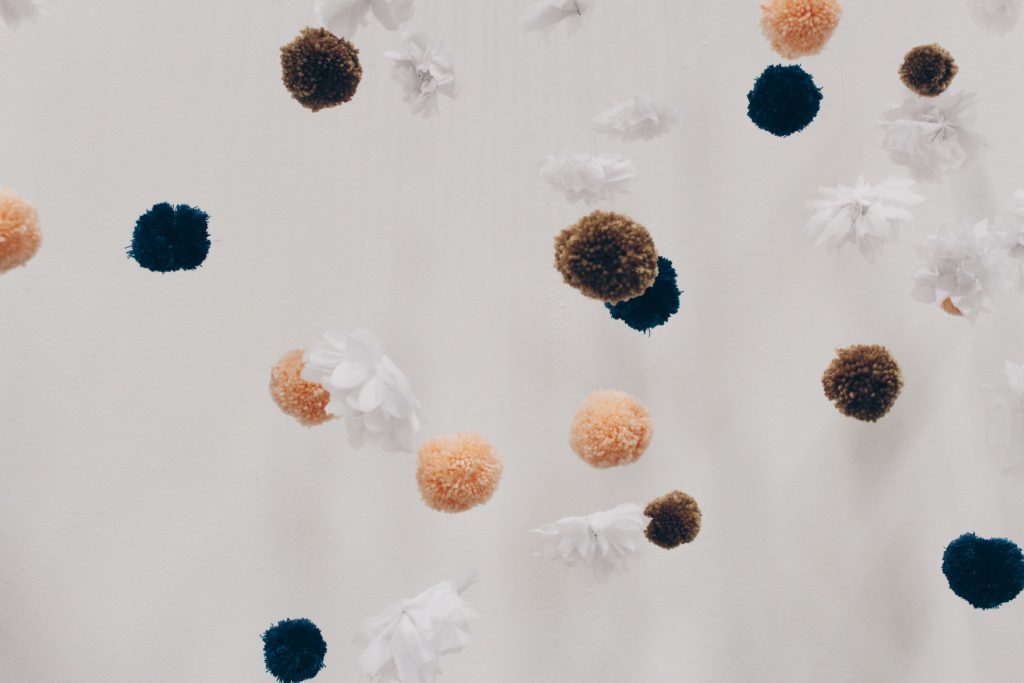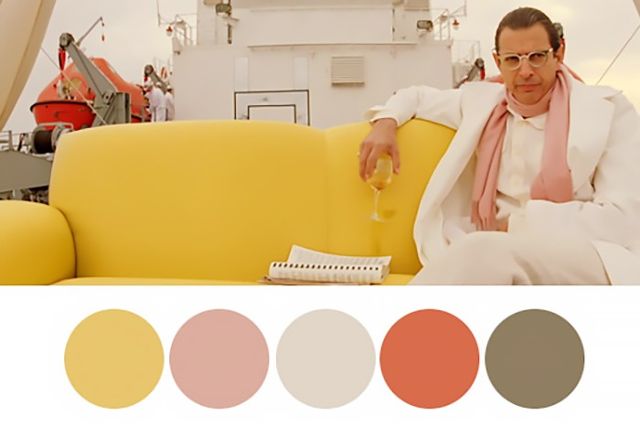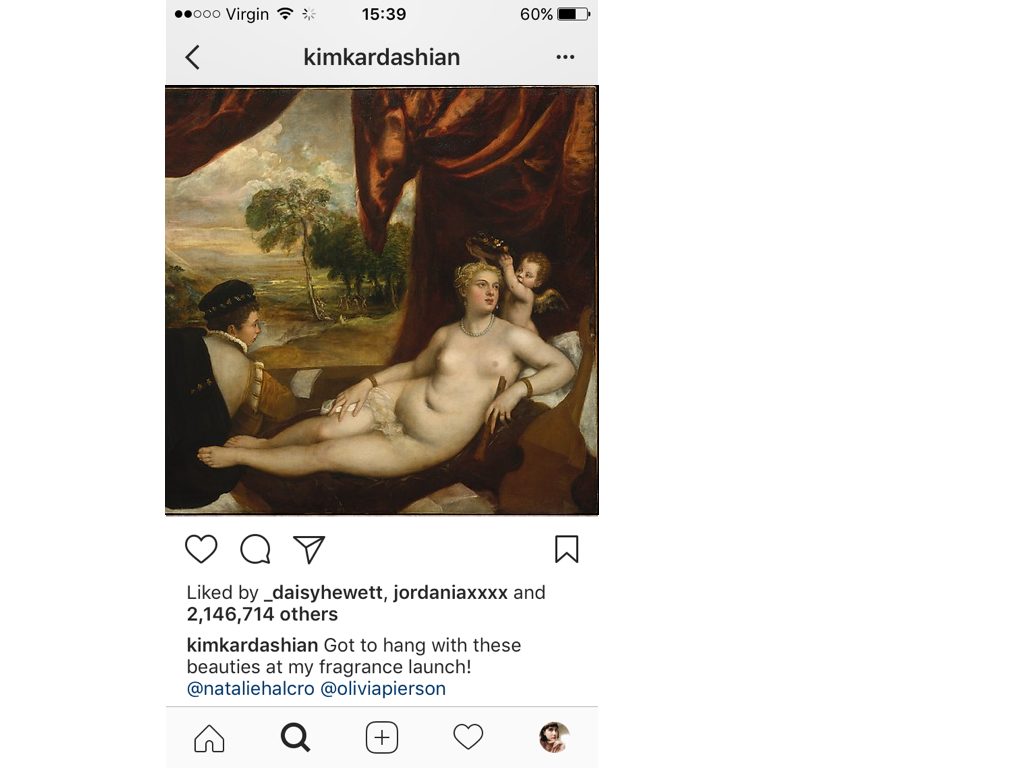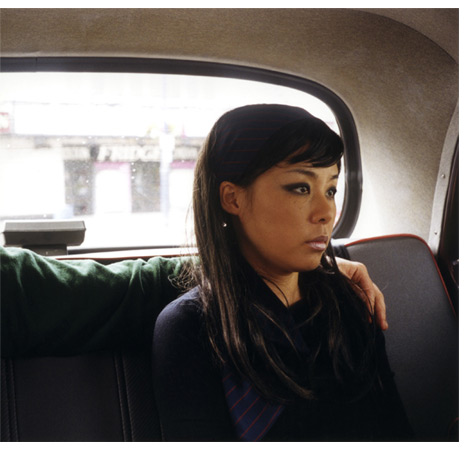This installation work involves the idea of human interaction so the ability to be able to touch the artwork is very important as it focuses on textures and sounds to be main interest for the viewer, by scaling up the piece it would create an exhibition that you could walk through and fully immerse your body within the space instead of just having the ability to touch, this would complicate the artwork in the way that you would need to expand the amount of garlands used therefore adding the potential for knots if viewers are walking through the art; along with this the installation would then need to fill an entire room in order for it to look grand and well presented instead of half hearted. Overall I believe that the artwork would be better developed on a larger scale as it would add more of an emotive effect with the higher levels of interaction therefore probably becoming an installation the you would want to return to to be able to get that same sensation.





